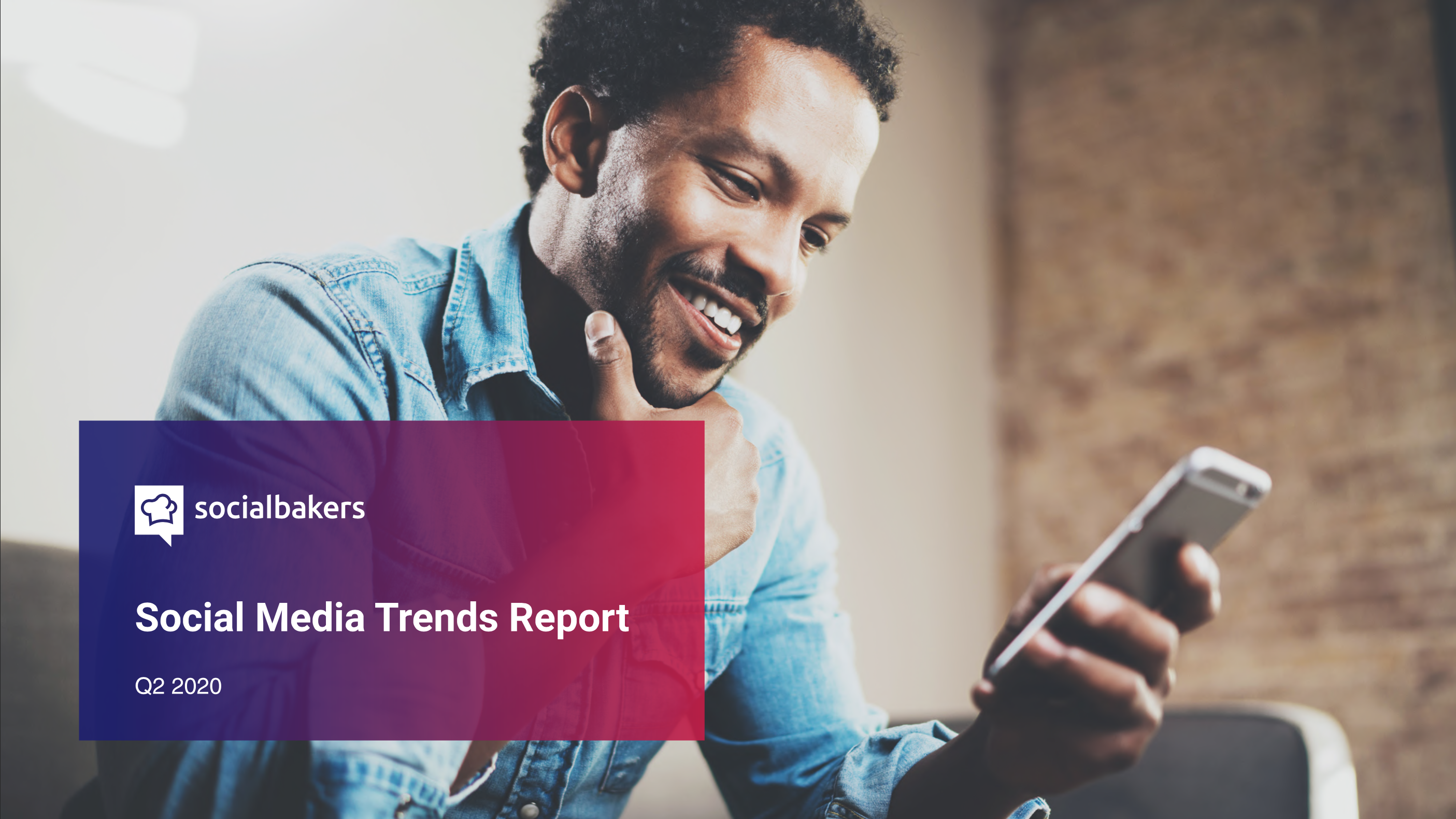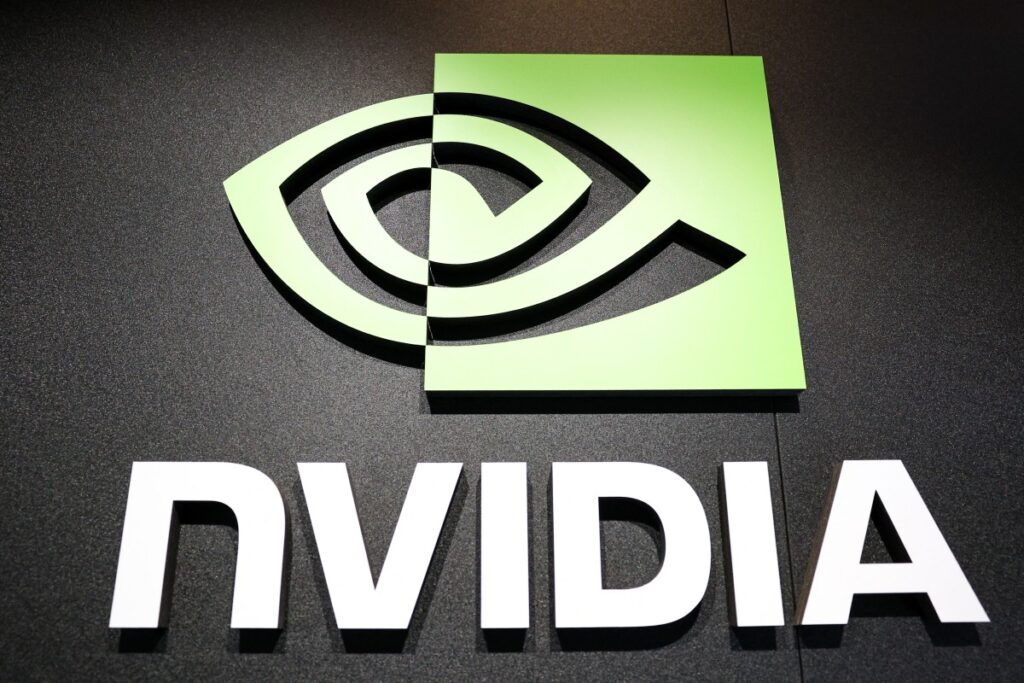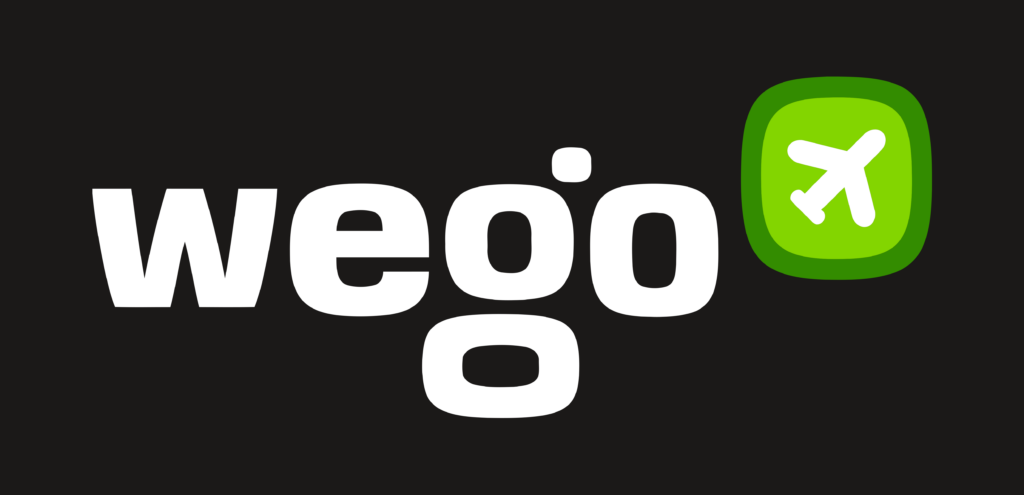ADVERTISING
- Worldwide ad spend increased by 26.2% in Q2 but began declining by the end of June.
- The decline was seen most significant in Northern America, where spending decreased by 31.6% in the final two weeks of Q2.
- The decline was likely due to Blackout Tuesday and the Facebook ad boycott organized by civil rights and activist groups.

- There was a notable increase in return to normal ad spend in most industries before a small decline at the end of Q2.
- Factoring in the end-of-quarter decline, spend in the accommodation industry increased by 151.3% and e-commerce increased by 76.3%.
- All industries increased by an average of 27.1%, highlighting a strong return after the impacts of Covid-19.

- Worldwide cost-per-click (CPC) increased by 55.3% in Q2 2020.

- In Q2 2020, ad spend for Facebook News Feed decreased by 2.6% while spend on Instagram Feed decreased by 4.2%.

- Facebook News Feed received 59.7% of the relative ad spend in Q2 followed by Instagram Feed and Instagram Stories, which combined to receive 27.8% of spend.
- Facebook News Feed also had the highest click-through rate of 1.85%.

The full-effects of the Facebook ad boycott won’t be seen until the end of Q3. But the second quarter showed signs of a strong return to pre-pandemic budgets in most regions and industries worldwide.
ORGANIC ENGAGEMENT
- E-commerce received the highest percentage of interactions on Facebook (16.8%) and the second-highest number of interactions on Instagram (19.9%), behind Fashion.

- The total audience size of the 50 biggest brand profiles was 31.2% bigger on Instagram than Facebook.

- Images make up to 69% of all content on Facebook and Instagram.
- On Facebook, video was the second most common post type (17.5%), followed by links and status updates.
- Overall, video grew on both platforms, but the bigger growth was seen on Facebook.

- In Q2, Facebook Live was by far the most engaging format on the platform with 28 median post interactions while the carousel format garnered 150.5 median post interactions on Instagram.
- Compared to Q1, almost all the post types increased in organic interactions.

- Video content increased on Facebook, Instagram, and Twitter in March 2020, when the pandemic began to have a global impact. Twitter contains the highest percentage of video content compared to other platforms.

INFLUENCER MARKETING
- In Q2, the number of influencers who used #Ad in their posts decreased by 11.4%. In June 2020, there were 10,171 influencers who partnered with brands and used #Ad in their posts. This was the lowest single-month total since August 2019, according to data by Socialbakers. The data factors in regional and other sponsored hashtags that were used including #sp, #paid, and #promo.

The pandemic appeared to have a large impact on the brand’s willingness to use influencer marketing partnerships during this period. While some brands may have continued, the majority either slowed down their influencer collaborations or turned their attention to smaller influencers who were capable of driving campaigns with their loyal base of followers.

















